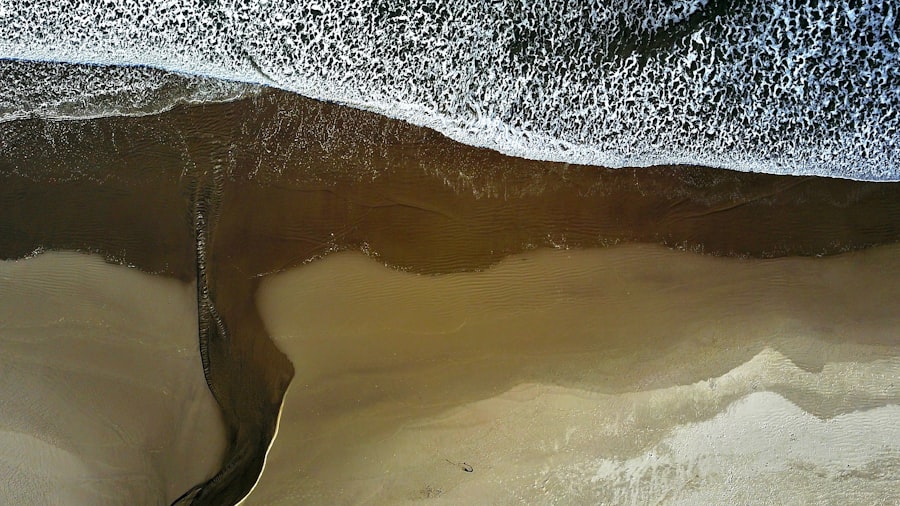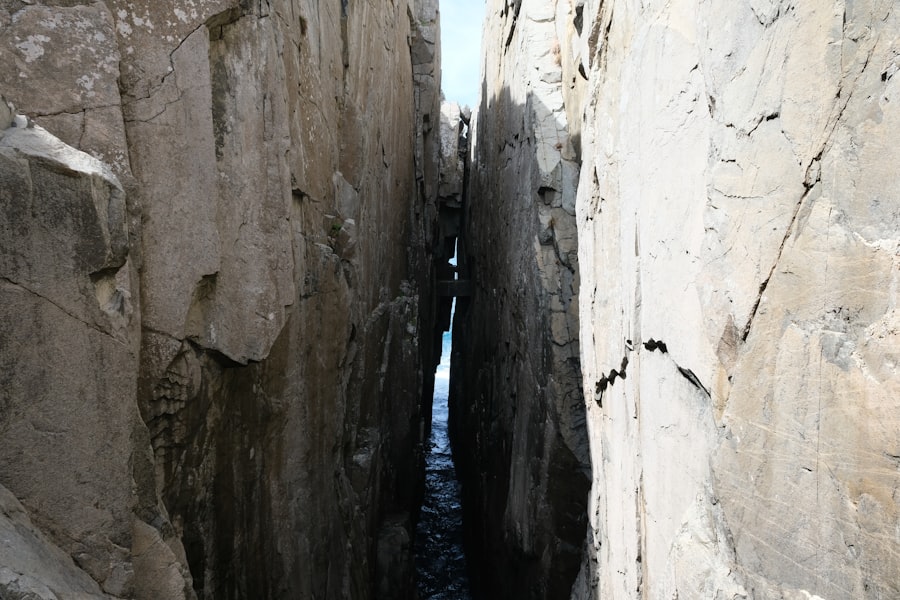The Drake Passage, a body of water that separates South America from Antarctica, is renowned for its tumultuous seas and unpredictable weather. Named after the English explorer Sir Francis Drake, who navigated these waters in the late 16th century, the passage has become a significant route for maritime travel, particularly for those venturing to the Antarctic region. Its strategic location not only serves as a gateway to the icy continent but also presents a unique set of challenges and experiences for sailors and travelers alike.
The Drake Passage is often described as one of the most treacherous stretches of ocean in the world, making it a topic of fascination for adventurers and researchers. The allure of the Drake Passage lies not only in its geographical significance but also in the stories of those who have braved its waters. From the early explorers who sought new trade routes to modern-day tourists eager to witness the breathtaking landscapes of Antarctica, the passage has played a pivotal role in maritime history.
However, it is essential to understand that navigating these waters requires careful preparation and respect for the natural elements that define this region. As travelers embark on their journeys across the Drake Passage, they must be equipped with knowledge and strategies to ensure a safe and enjoyable experience.
Key Takeaways
- The Drake Passage is a body of water between South America’s Cape Horn and the South Shetland Islands of Antarctica, known for its rough seas and challenging sailing conditions.
- The geography and weather of the Drake Passage are influenced by the Antarctic Circumpolar Current and the strong westerly winds, creating unpredictable and often stormy conditions.
- Rough seas in the Drake Passage can impact travelers with seasickness and discomfort, making it important to be prepared and take necessary precautions.
- Navigating the Drake Passage requires careful planning, including choosing the right time of year, route, and vessel, as well as being aware of safety measures and tips for a smoother journey.
- Safety precautions for rough seas in the Drake Passage include securing personal belongings, staying hydrated, and following the instructions of experienced crew and guides.
Understanding the Geography and Weather of the Drake Passage
The geography of the Drake Passage is characterized by its narrow width, measuring approximately 800 kilometers (500 miles) at its widest point. This constricted space funnels ocean currents and winds, creating conditions that can shift rapidly and dramatically. The passage connects the Atlantic and Pacific Oceans, making it a vital conduit for marine life and shipping routes.
The underwater topography is equally fascinating, with deep-sea trenches and submerged mountains that contribute to the complex dynamics of the water above. Weather patterns in the Drake Passage are notoriously volatile, influenced by a combination of factors including ocean currents, wind patterns, and seasonal changes. The region experiences strong westerly winds known as the “Roaring Forties,” which can whip up waves that reach staggering heights.
Storms can develop with little warning, leading to rough seas that challenge even the most seasoned sailors. Understanding these geographical and meteorological elements is crucial for anyone planning to traverse this formidable passage, as they can significantly impact travel plans and safety.
The Impact of Rough Seas on Travelers

Travelers crossing the Drake Passage often find themselves at the mercy of its unpredictable conditions. The rough seas can lead to a range of experiences, from mild discomfort to severe challenges that test both physical endurance and mental fortitude. Many passengers aboard vessels navigating these waters report feelings of anxiety or seasickness as they contend with the relentless motion of the ship.
The psychological impact of rough seas can be just as significant as the physical effects, with some travelers feeling overwhelmed by the sheer power of nature surrounding them. Moreover, rough seas can disrupt travel itineraries, leading to delays or changes in planned routes. For those on expedition cruises or research missions, this unpredictability can complicate schedules and limit opportunities for exploration.
However, many travelers also find that overcoming these challenges adds to the sense of adventure and accomplishment associated with crossing the Drake Passage. The experience can foster camaraderie among passengers as they share stories of their encounters with the sea, creating lasting memories that transcend the discomfort of rough waters.
Tips for Navigating the Drake Passage
| Tip | Description |
|---|---|
| Choose the right time | Plan your trip during the austral summer (November to March) for calmer waters. |
| Stay informed | Keep an eye on weather forecasts and updates from the ship’s crew. |
| Pack wisely | Bring motion sickness medication, warm clothing, and binoculars for wildlife spotting. |
| Stay active | Engage in onboard activities and movement to combat seasickness. |
| Stay hydrated | Drink plenty of water to stay healthy and combat the effects of sea travel. |
Successfully navigating the Drake Passage requires careful planning and preparation. One of the most important tips for travelers is to choose the right time of year for their journey. The summer months in the Southern Hemisphere, particularly from November to March, typically offer calmer seas and more favorable weather conditions.
During this period, travelers are more likely to enjoy smoother sailing and clearer views of the stunning Antarctic landscapes. In addition to timing, travelers should also consider their choice of vessel. Modern expedition ships are designed to handle rough seas more effectively than traditional vessels, equipped with stabilizers and advanced navigation technology.
Passengers should familiarize themselves with their ship’s amenities and safety features before embarking on their journey. Furthermore, maintaining a flexible mindset is essential; being prepared for changes in itinerary or unexpected weather conditions can help travelers adapt and make the most of their experience.
Safety Precautions for Rough Seas
Safety should always be a top priority when traversing the Drake Passage. Travelers are encouraged to familiarize themselves with safety protocols provided by their crew before setting sail. This includes understanding emergency procedures, knowing where life jackets are located, and participating in safety drills if offered.
Additionally, it is wise for passengers to stay informed about weather forecasts and sea conditions throughout their journey. Another crucial safety precaution involves monitoring personal health during rough seas. Seasickness can affect anyone, regardless of their sailing experience.
Passengers should consider bringing along over-the-counter medications or natural remedies to alleviate symptoms if they arise. Staying hydrated and consuming light meals can also help mitigate discomfort during turbulent conditions. By taking these precautions seriously, travelers can enhance their safety and overall enjoyment while navigating this challenging passage.
The Experience of Sailing Through the Drake Passage

Sailing through the Drake Passage is an experience unlike any other, offering travelers a unique opportunity to witness nature’s raw power firsthand.
The thrill of being surrounded by such vastness can evoke a sense of awe and humility, reminding travelers of their place within the natural world.
Beyond the physical sensations of sailing through rough seas, there is an emotional component that many find deeply rewarding. The camaraderie formed among fellow passengers during challenging moments fosters connections that can last long after the journey ends. Shared experiences—whether it be bracing against strong winds or marveling at a pod of whales surfacing nearby—create bonds that enrich the overall adventure.
For many travelers, crossing the Drake Passage becomes a rite of passage that symbolizes resilience and exploration.
How to Prepare for Rough Seas
Preparation is key when it comes to facing the challenges posed by rough seas in the Drake Passage. Travelers should begin by researching their chosen vessel and understanding its capabilities in handling turbulent waters. Reading reviews from previous passengers can provide valuable insights into what to expect during the journey.
Additionally, packing appropriate clothing is essential; layers are recommended to accommodate fluctuating temperatures both on deck and indoors. Mental preparation is equally important for navigating rough seas. Travelers should approach their journey with an open mind and a willingness to embrace uncertainty.
Practicing relaxation techniques such as deep breathing or mindfulness can help manage anxiety during turbulent moments at sea. By preparing both physically and mentally, travelers can enhance their resilience and adaptability when faced with the unpredictable nature of the Drake Passage.
Recommended Gear for Sailing Through the Drake Passage
Equipping oneself with the right gear can significantly enhance comfort and safety while sailing through the Drake Passage. Essential items include waterproof clothing, sturdy footwear with good grip, and layers that can be easily added or removed as conditions change. A high-quality windbreaker or waterproof jacket is particularly important for protecting against splashes from waves or rain.
In addition to clothing, travelers should consider bringing personal items such as seasickness remedies, motion sickness bands, or ginger candies known for their soothing properties. A reliable pair of binoculars can enhance wildlife viewing opportunities, allowing passengers to spot seals, penguins, or whales from a distance. Furthermore, investing in a good camera or smartphone with waterproof capabilities ensures that memories captured during this extraordinary journey are preserved for years to come.
The Importance of Experienced Crew and Guides
The role of experienced crew members and guides cannot be overstated when navigating the Drake Passage. These professionals possess invaluable knowledge about local conditions, safety protocols, and emergency procedures that are crucial for ensuring passenger safety during turbulent times at sea. Their expertise allows them to make informed decisions regarding navigation routes based on real-time weather updates and sea conditions.
Moreover, knowledgeable guides enhance the overall experience by providing insights into the unique ecosystems encountered along the way. They share stories about marine life, historical expeditions, and environmental conservation efforts in Antarctica, enriching travelers’ understanding of this remarkable region. Having experienced crew members on board instills confidence in passengers as they embark on their journey through one of nature’s most formidable passages.
Alternative Routes and Methods for Crossing the Drake Passage
While crossing the Drake Passage is often seen as a rite of passage for those heading to Antarctica, there are alternative routes and methods available for those seeking different experiences or wishing to avoid rough seas altogether. Some travelers opt for air travel directly to research stations or cruise ports in Antarctica, bypassing the passage entirely. This option allows them to explore without facing potential discomfort associated with turbulent waters.
Additionally, some expedition companies offer alternative itineraries that include longer routes around Cape Horn or through other channels that may provide calmer sailing conditions. These options may take more time but can offer unique perspectives on maritime history and stunning coastal landscapes along South America’s southern tip. Ultimately, travelers should weigh their preferences against their desire for adventure when considering how best to approach this iconic passage.
Navigating the Drake Passage with Confidence
Navigating the Drake Passage is an adventure filled with challenges and rewards that beckons travelers from around the globe. With its unpredictable weather patterns and rough seas, it demands respect and preparation from those who dare to cross its waters. By understanding its geography, preparing adequately for potential discomforts, and relying on experienced crew members for guidance, travelers can embark on this journey with confidence.
Ultimately, crossing the Drake Passage becomes more than just a means to reach Antarctica; it transforms into an unforgettable experience that fosters resilience, camaraderie, and a deeper appreciation for nature’s power. As adventurers set sail into these tumultuous waters, they carry with them not only their gear but also a spirit of exploration that defines humanity’s quest for discovery in even the most challenging environments.
The Drake Passage, known for its notoriously rough seas, is a topic of interest for many adventurers and researchers alike. This body of water, located between the southern tip of South America and Antarctica, is often characterized by strong winds and turbulent waves, making it one of the most challenging maritime passages in the world. For those interested in learning more about the conditions and experiences of navigating this treacherous route, a related article on the subject can be found on MyGeoQuest. This article provides insights into the frequency and intensity of the rough seas encountered in the Drake Passage. You can read more about it by visiting this link.
WATCH NOW! Drake Passage: Earth’s Deadliest Waters Revealed
FAQs
What is the Drake Passage?
The Drake Passage is the body of water between the southern tip of South America and the northern tip of the Antarctic Peninsula. It is known for its notoriously rough seas and challenging sailing conditions.
How often is the Drake Passage rough?
The Drake Passage is known for its rough seas and unpredictable weather. It is often rough, with strong winds and high waves making for challenging sailing conditions.
What causes the rough conditions in the Drake Passage?
The rough conditions in the Drake Passage are primarily caused by the convergence of the Atlantic, Pacific, and Southern Ocean currents, as well as the strong westerly winds that circle Antarctica. These factors create a perfect storm of rough seas and challenging sailing conditions.
Are there specific times of year when the Drake Passage is rougher?
The Drake Passage can be rough at any time of year, but it is generally considered to be roughest during the austral winter (June-August) when the winds are strongest and the seas are at their most turbulent.
Are there ways to mitigate the rough conditions in the Drake Passage?
Experienced sailors and cruise operators are familiar with the challenges of the Drake Passage and take measures to mitigate the rough conditions. This may include choosing the best route based on weather forecasts, using stabilizing equipment on ships, and providing passengers with seasickness remedies.
